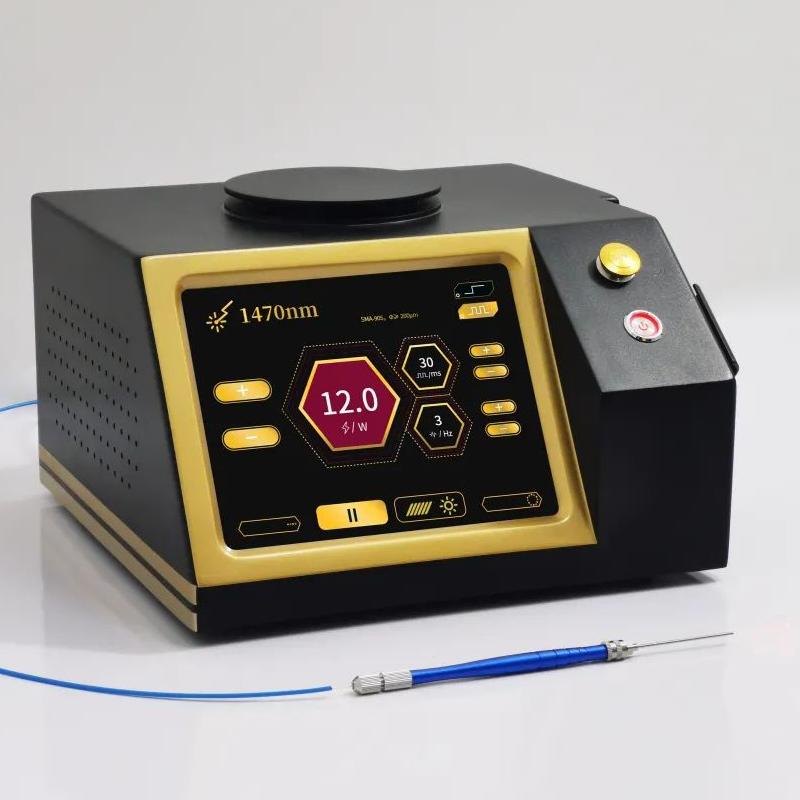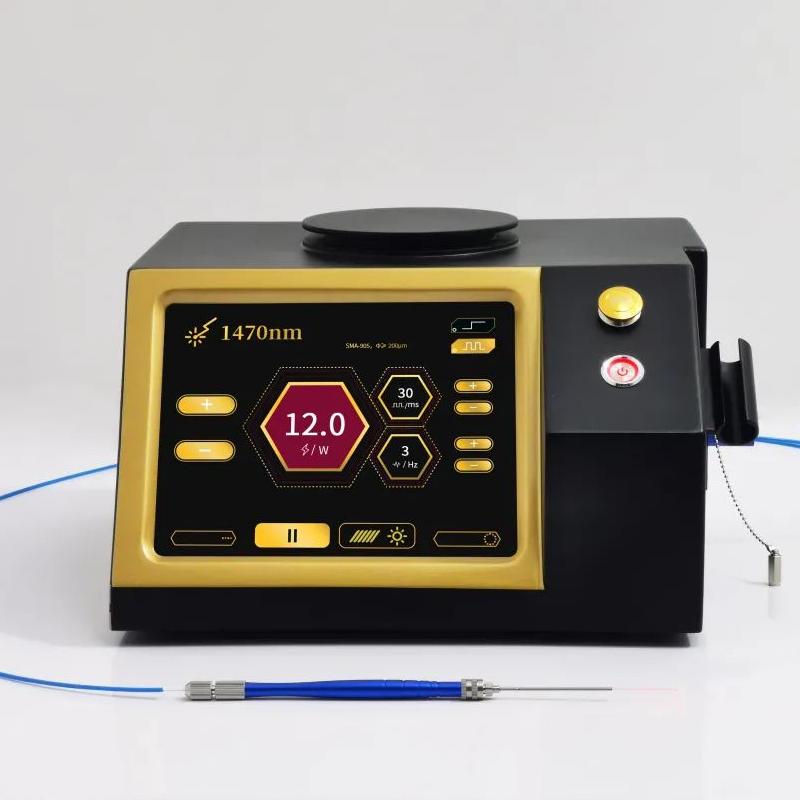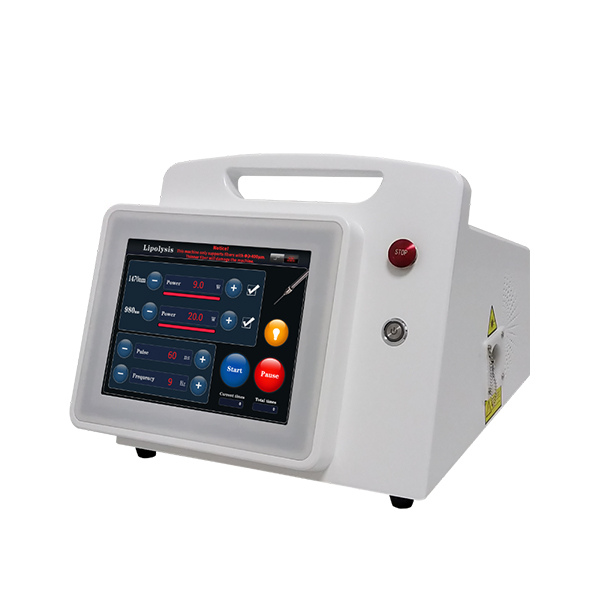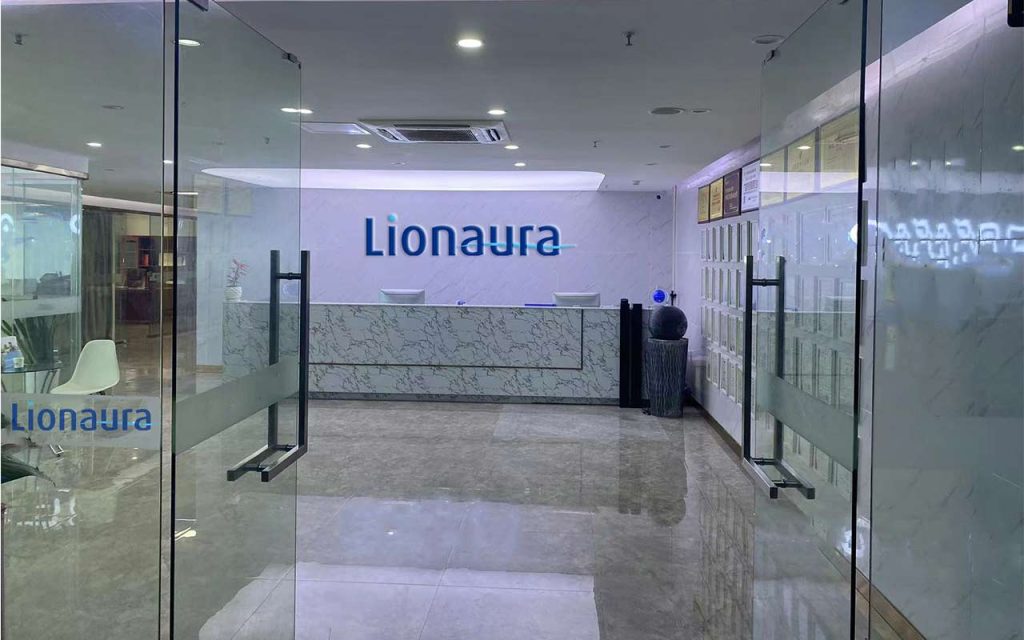Spectral characteristics of 1470nm laser
The new 1470nm semiconductor laser has less scattered light in the tissue and is evenly and effectively distributed. It has a strong tissue absorption rate and a shallow penetration depth (2-3mm). The coagulation range is concentrated and will not damage the surrounding healthy tissue. Its energy can be absorbed by hemoglobin and cell water and is most suitable for the repair of tiny tissues such as nerves, blood vessels, and skin.
Applications
Body contouring and laser-assisted lipolysis
Varicose vein removal with minimal downtime
Prostate and soft tissue surgeries with coagulation and hemostasis
Submental (double chin), abdomen, thighs, arms, and waist fat reduction
Why Choose 1470nm Diode Laser Technology?
1.Precision: Targets fat and water-rich tissues without damaging surrounding structures
2.Efficiency: High energy density for fast fat melting and tissue vaporization
3.Versatility: Suitable for both medical clinics and aesthetic treatment centers
4.Safe & Comfortable: Controlled heat application ensures safety and patient comfort
Significance of 200 Micron Fiber Optic
-
Precision and Minimally Invasive
Due to the small diameter of the fiber optic, the surgical trauma is significantly reduced. This helps minimize post-operative bleeding, swelling, and bruising, accelerates recovery, and lowers surgical risks. It ensures that energy is accurately targeted at the intended tissue, improving treatment efficacy, reducing energy loss, and minimizing damage to surrounding tissues. -
Safety and Comfort
The application of 200um fiber optics in surgeries is typically minimally invasive, which helps reduce surgical risks and enhances patient safety. Additionally, the small diameter of the fiber reduces discomfort during the procedure, improving patient comfort. -
Versatility and Flexibility
200um fiber optics can meet the needs of various aesthetic procedures, providing effective solutions for both facial and body treatments. This makes it highly applicable in the aesthetic industry. The fine diameter and flexibility of the fiber allow it to adapt easily to complex surgical environments.







